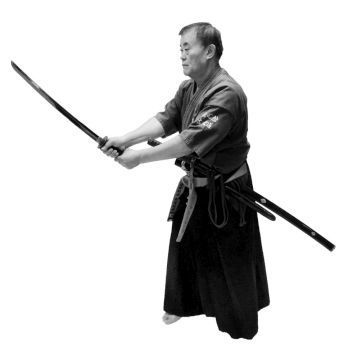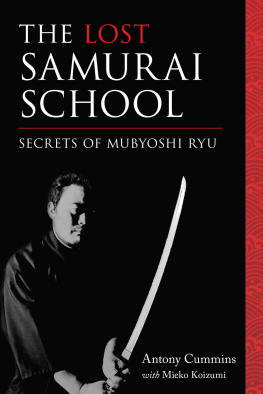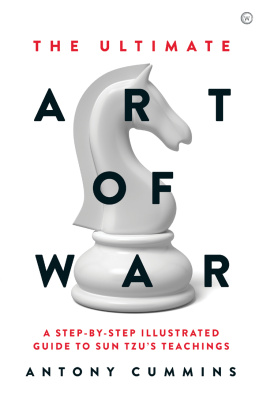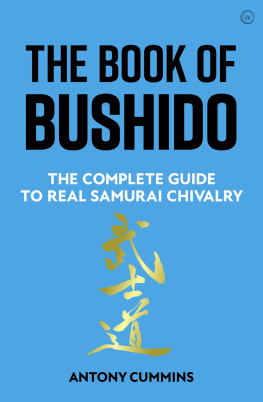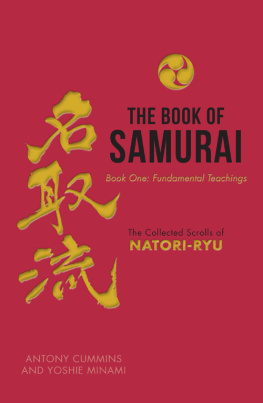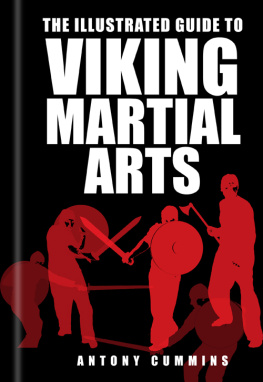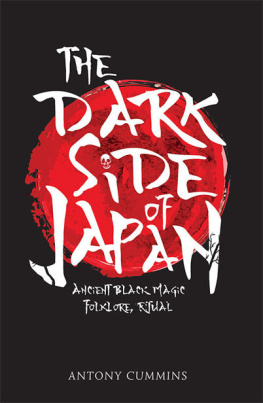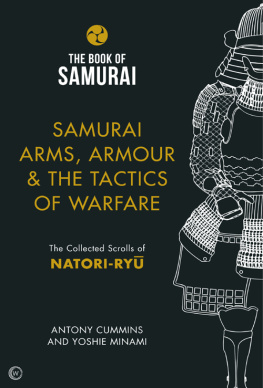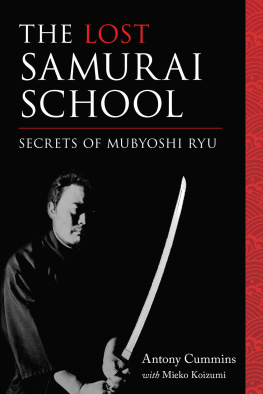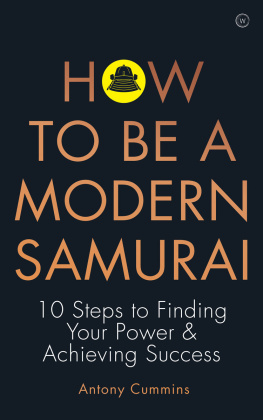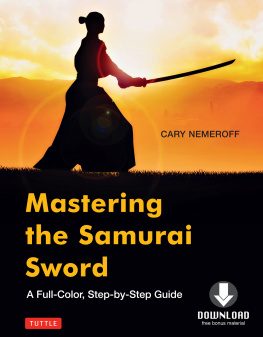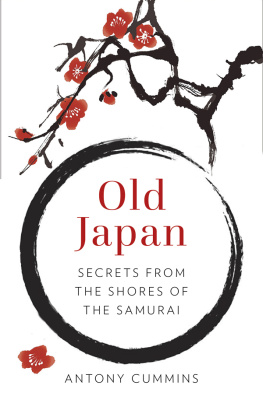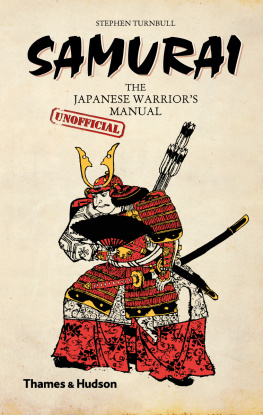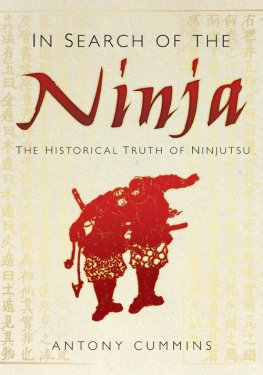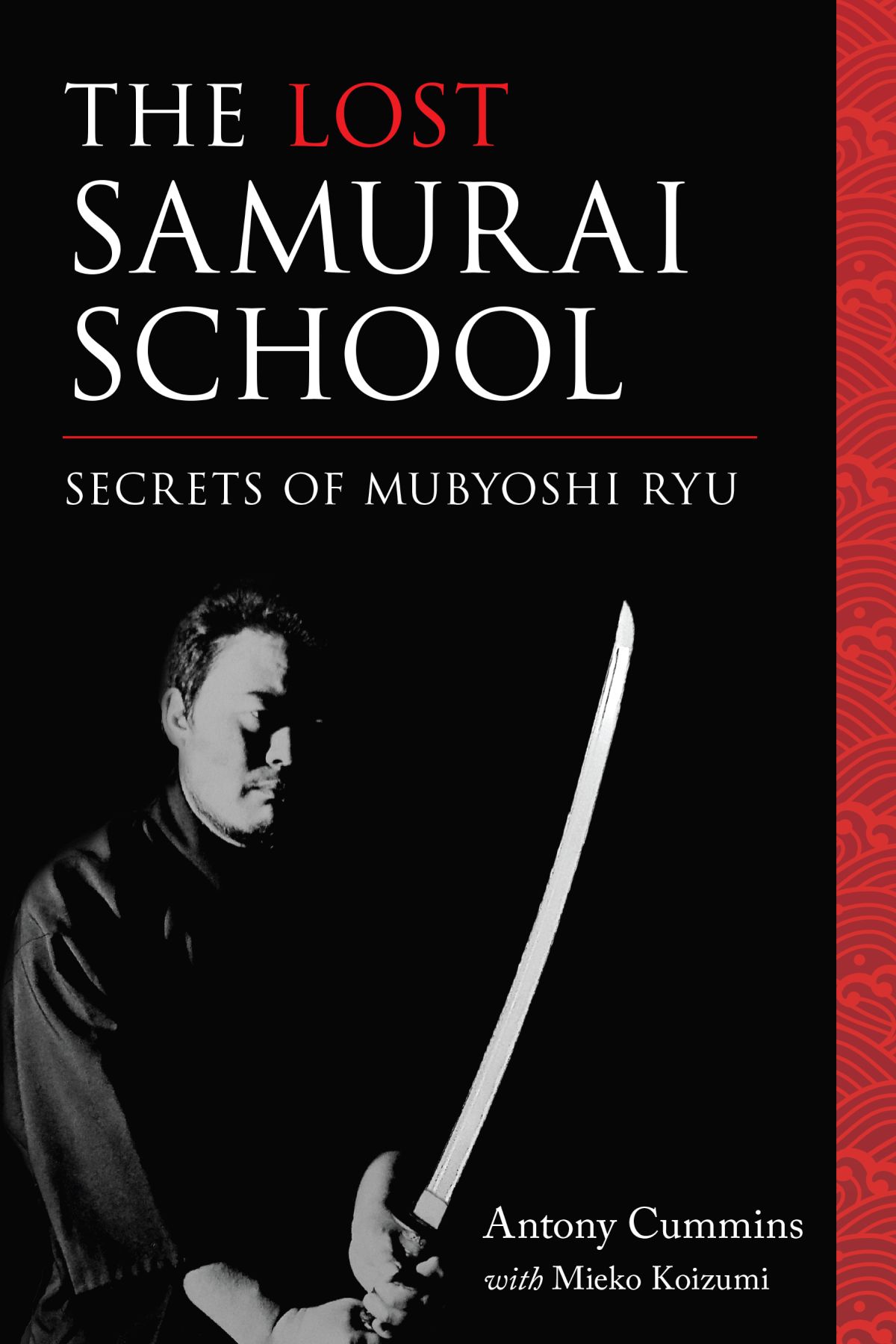THE LOST SAMURAI SCHOOL
SECRETS OF MUBYSHI RY
Antony Cummins
with Mieko Koizumi

Copyright 2016 by Antony Cummins. All rights reserved. No portion of this book, except for brief review, may be reproduced, stored in a retrieval system, or transmitted in any form or by any meanselectronic, mechanical, photocopying, recording, or otherwisewithout written permission of the publisher. For information contact Blue Snake Books c/o North Atlantic Books.
Published by Blue Snake Books, an imprint of North Atlantic Books
Berkeley, California
Cover art or photo by unknown.
Cover design by Howie Seversan
The Lost Samurai School: Secrets of Mubyshi Ry is sponsored and published by the Society for the Study of Native Arts and Sciences (dba North Atlantic Books), an educational nonprofit based in Berkeley, California, that collaborates with partners to develop cross-cultural perspectives, nurture holistic views of art, science, the humanities, and healing, and seed personal and global transformation by publishing work on the relationship of body, spirit, and nature.
North Atlantic Books publications are available through most bookstores. For further information, call 800-733-3000 or visit our websites at www.northatlanticbooks.com and www.bluesnakebooks.com.
PLEASE NOTE: The creators and publishers of this book disclaim any liabilities for loss in connection with following any of the practices, exercises, and advice contained herein. To reduce the chance of injury or any other harm, the reader should consult a professional before undertaking this or any other martial arts, movement, meditative arts, health, or exercise program. The instructions and advice printed in this book are not in any way intended as a substitute for medical, mental, or emotional counseling with a licensed physician or healthcare provider.
Library of Congress Cataloging-in-Publication Data
Names: Cummins, Antony, author; Koizumi, Mieko, author.
Title: The lost samurai school : secrets of Mubyoshi Ryu / Antony Cummins.
Description: Berkeley, California : North Atlantic Books, 2016.
Identifiers: LCCN 2016017044 (print) | LCCN 2016030735 (ebook) | ISBN 9781623170875 (paperback) | ISBN 9781623170882 (ebook)
Subjects: LCSH: SwordplayJapan. | Martial artsJapan. | Samurai. | BISAC: SPORTS & RECREATION / Martial Arts & Self-Defense. | HISTORY / Asia / Japan.
Classification: LCC GV1150.C86 2016 (print) | LCC GV1150 (ebook) | DDC 796.80952dc23
LC record available at https://lccn.loc.gov/2016017044
To the memory of Niki Shinjr and Hagiwara Jz, the core founders of Mubyshi Ry, who collected these skills together in defense against their enemies. Also to Kaneko Kichibei, who kept the school alive.
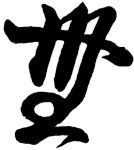
C ONTENTS
Notes
I would like to thank the current grandmaster of Mubyshi Ry, Uematsu Yoshiyuki Sensei, for his help and enthusiasm in this project. Also to Joe Swift, his longtime student and core adviser on this venture; without him it would be all the poorer. Also his colleague Kawasaki Yki. Thanks to Hashimoto Yoshiyuki for his help with acquiring some of the texts. Finally to Yoshie Minami, who supplied many of the translations for this book, especially the shinobi teachings and secret scrolls.
AN INTRODUCTION TO THE LOST SCHOOL
MUBYSHI RY AT A GLANCE
Mubyshi Ry is a samurai warfare school from the Kaga domain from around the time of the fourth lord of Kaga, Maeda Tsunanori (16431724), who is sometimes also considered the fifth lord. The school appears to have been established in the mid to late seventeenth century, with some of the earliest scroll transcriptions dated to around the 1670s. The school itself contains a collection of civilian samurai skills, concentrating more on personal protection than battlefield warfare, including the arts of the shinobi and some esoteric magic. The origins appear to center on a samurai named Hagiwara Jz and his colleague Niki Shinjr, who as contemporaries appear on nearly all the school scrolls. The name Mubyshi Ry (), which can also be pronounced as Muhyshi Ry, is best translated as the school with no discernible rhythm or the school that has no gap between event and reaction.
: without
: rhythm
: school
The name implies that a student of the school will be a samurai who has no identifiable gaps in their skills and defenses, making their offensive and defensive skills complete and whole. Furthermore, as discussed in the schools original scrolls, the name implies that a student of the school shows no delay between an event and the students reaction. According to the schools introduction within the Yawara Jo scroll, mubyshi is the lack of distance between the beat of a hand clapping and the echoing sound it produces. This means that the student is without gap in their ability to react in combat and that no discernible shape can be found in their strategy.
Mubyshi Ry is considered to be connected to the school named Shinjin Ry (), which infers a connection to the famed swordsman Kusabuka Jinshir. Mubyshi Ry continued down the centuries, taught in the Kaga domain throughout Japans Edo Period when the Tokugawa clan ruled the land. Student records show that the school was healthy and thriving until the end of the period of peace and lasted beyond the end of the samurai themselves, which came about with the Meiji Restoration in 1868. It was at this timejust before the fall of the samuraithat a man named Kaneko Kichibei (17951858) really pushed the school to probably its highest level of popularity. After this point it began to decline. Some of the schools teachings are now no longer a part of the living tradition, a percentage of which have been lost forever while some have been preserved through scrolls that remain in multiple collections. The most recent and still current grandmaster of the school is Uematsu Yoshiyuki, who lives and runs his dj in Nonoichi within the Ishikawa Prefecturepreviously the Kaga domain. Mubyshi Ry lives on through Uematsus dedicated efforts, through a traditional dance found in the local area, in various scrolls in library and personal collections, and now within this book. Mubyshi Ry, the school that gives a person no discernible rhythm, is a thrilling and motivating facet of Japanese culture that deserves its place in Japanese history and world recognition to live on alongside its more famous counterparts.
U EMATSU Y OSHIYUKI S ENSEI
Uematsu Sensei was born in Nagasaki on New Years Day, 1948. He began his initiation into Zen Buddhism training at the age of nine under his uncle Mori Goh in Saga, and received tutelage in the martial arts (mostly Okinawan karate) from Mori. He moved to Ishikawa Prefecture at the age of twenty-four to join the Sjiji Temple in Monzen. He opened the Mushinkan Dj shortly thereafter. He continues his martial arts study with Shinkage Ry (iaijutsu) and Mubyshi Ry (jjutsu), among others.
